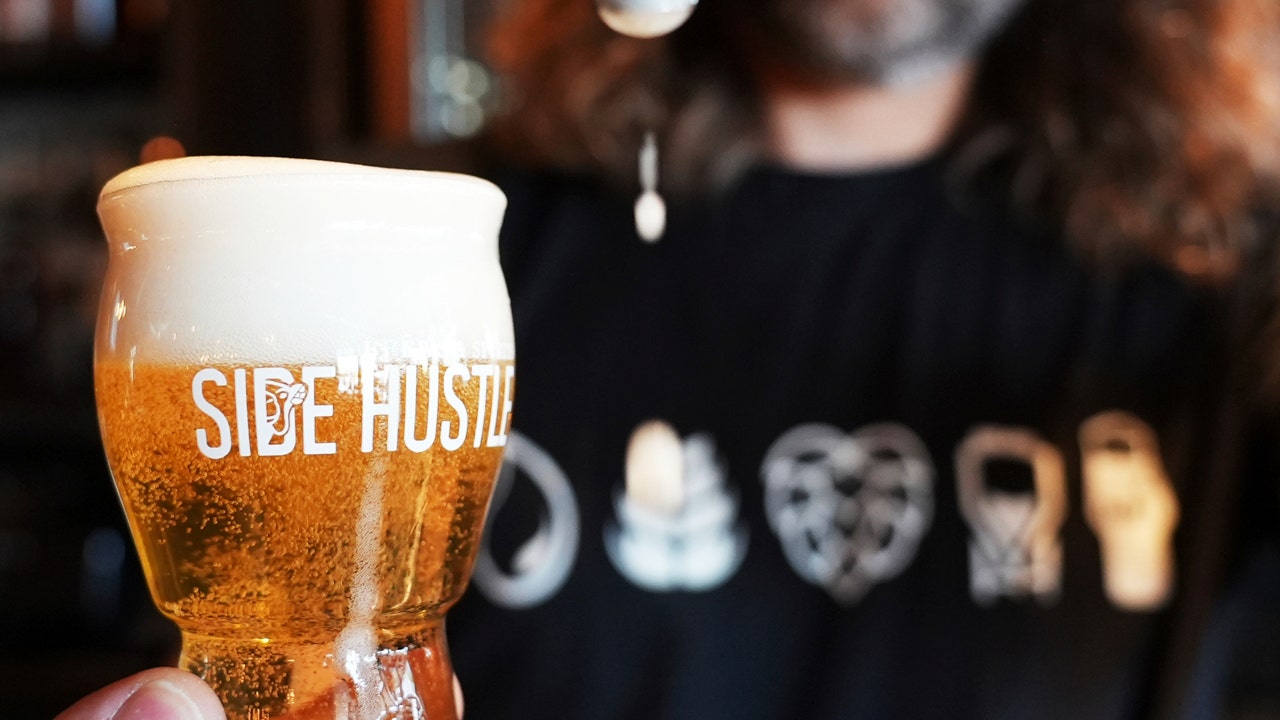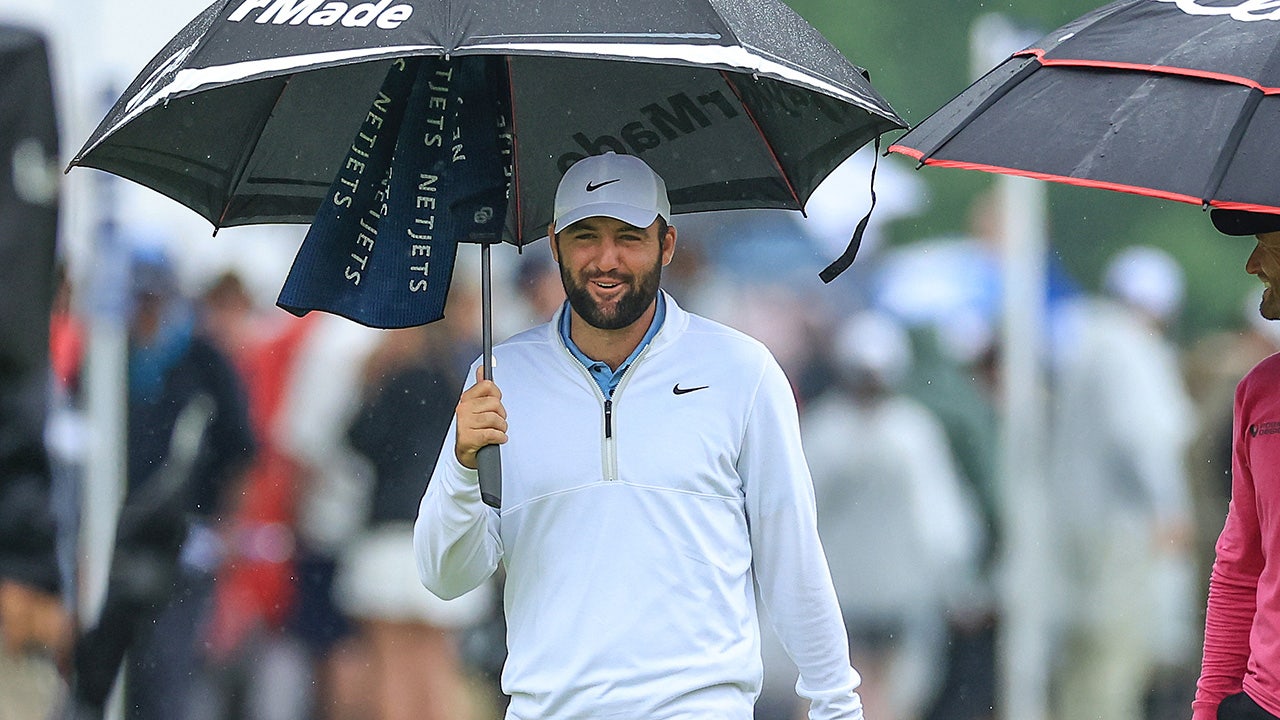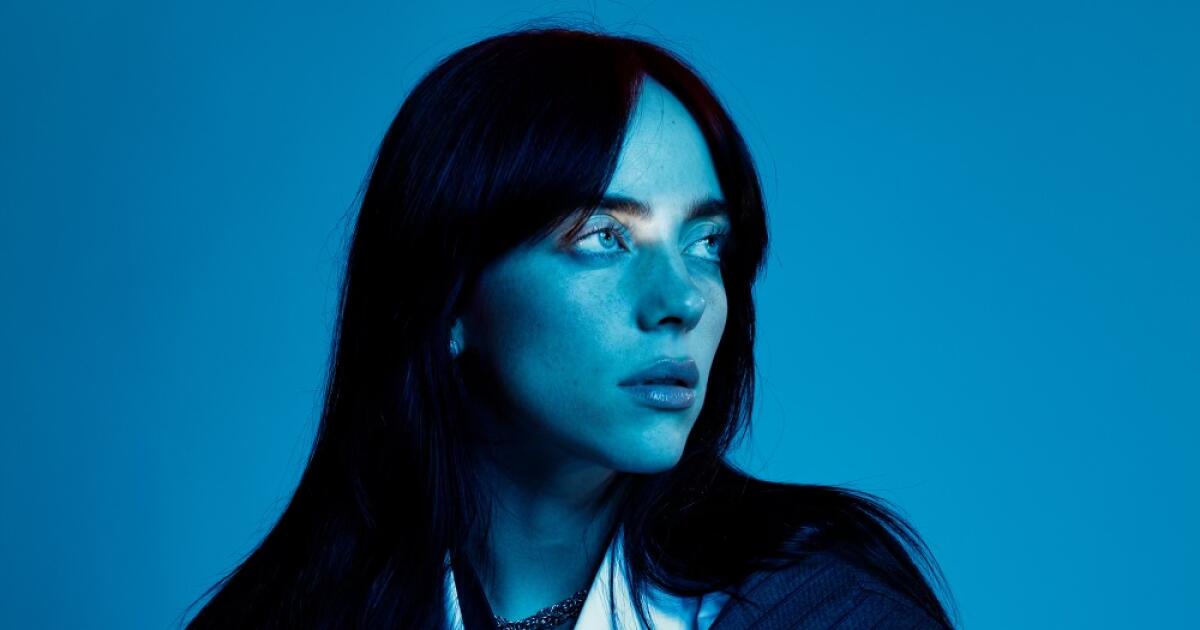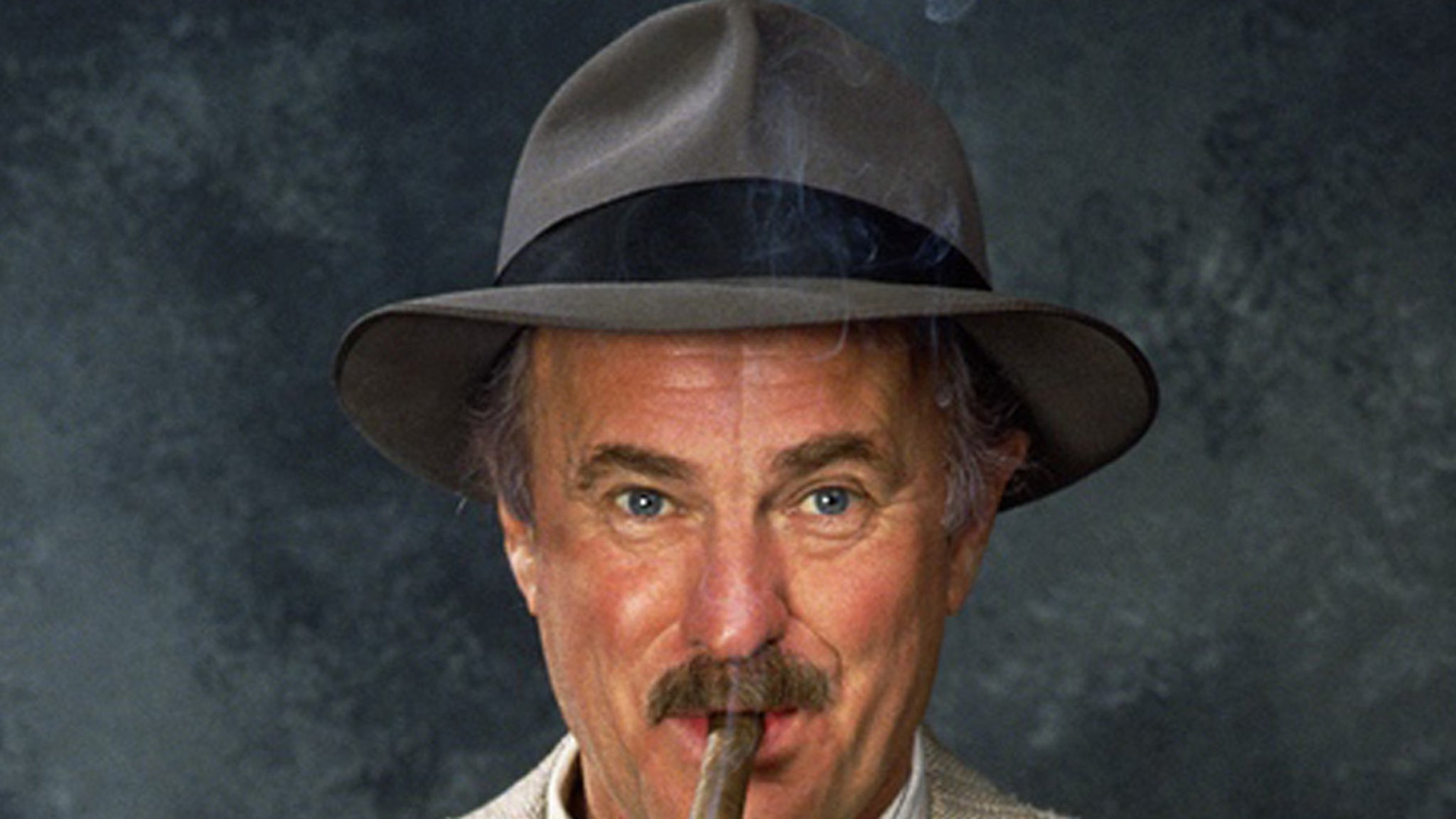World
Ten killed in wedding party bus crash in Australia

Chartered bus was thought to be carrying guests from a wedding reception at a wine estate back to their accommodation.
At least 10 people were killed and 25 injured after a bus carrying a group of wedding guests crashed in Australia.
Police in the eastern state of New South Wales said the accident in the picturesque Hunter Valley wine region took place at about 11:30pm (13:30 GMT) on Sunday near Greta, about 180km (112 miles) northwest of Sydney.
The coach reportedly rolled off a ramp at a roundabout on a foggy night, although the fog had not been identified as a cause of the crash.
“I understand they had been at a wedding together, it’s my understanding they were travelling together … presumably for their accommodation,” NSW Police Acting Assistant Commissioner Tracy Chapman said during a televised media briefing.
Two of the passengers were airlifted from the scene of the crash by helicopter, Chapman added.
Television coverage showed the light-coloured coach lying on its side after the accident, with a dozen emergency workers wearing high-visibility yellow vests working nearby.
The coach driver, a 58-year-old man, was taken to hospital where he underwent mandatory testing. He is expected to be charged over the accident, police said.
“He’s under arrest. He’s been the driver of a motor-vehicle collision where there have been fatal injuries and there will be charges pending,” Chapman said.
The Hunter Valley and its vineyards are a popular location for short breaks and weddings.
A local mayor said the bus that crashed had been travelling from a wedding reception at a nearby wine estate.
“All Australians waking up to tragic news from the Hunter send our deepest sympathies to the loved ones of those killed in this horrific bus tragedy,” Prime Minister Anthony Albanese said.
“For a day of joy to end in such devastating loss is cruel indeed. Our thoughts are also with those who have been injured,” he said in a message on social media.
The area is being examined by specialist forensic police and a Crash Investigation Unit.
The two worst bus accidents in New South Wales were head-on collisions within two months of each other in 1989, which killed 35 and 21 people each. Eighteen people died in 1973 when a tourist bus plunged down a slope after a brake failure.

World
State of the Union: sunshine in Ankara, darkness in Tbilisi

This edition of State of the Union focuses on the continuing diplomatic détente between Turkey and Greece and the escalating domestic upheaval in Georgia.
Just a year ago, a summit meeting of the leaders of Turkey and Greece would have created sensational news.
But when President Recep Tayyip Erdoğan hosted Prime Minister Kyriakos Mitsotakis in Ankara this week, it was almost a routine talk between neighbours.
The meeting was their fourth in 10 months as the two leaders try to put an end to decades of mutual animosity by focusing on trade, tourism, energy and repairing cultural ties, among other areas.
“In the critical area of migration, the cooperation between our two countries and especially between the police and the coast guard is paying off against illegal flows and against the wretched traffickers, who take advantage of desperate people’s pain,” said Mitsotakis in a common press conference.
“This cooperation must continue and be intensified.”
There are still areas where both sides have agreed to disagree, but it’s good to see one old trouble spot in Europe sort of fading, especially as another trouble spot reignited big time this week.
Thousands of protesters in Georgia rallied near the parliament building in Tbilisi – again – just hours after lawmakers gave the final approval to the controversial foreign influence law, modelled on a Russian version passed more than a decade earlier.
Lawmakers passed the law despite EU warnings that it would undermine Georgia’s path to EU membership.
Yet, the official reaction in Brussels was muted.
Speaking in Denmark, EU Council President Charles Michel said: “I had a phone call a few days ago with the Prime Minister and I told him that I am disappointed and that I sincerely hope that Georgia will find a way to stick to the democratic principles and also meet the expectations of the population.”
Meanwhile, the European Bank for Reconstruction and Development released its latest economic outlook. The numbers for Georgia, which is part of the area where the EBRD operates, were rather sobering.
In general, the forecast also contained some encouraging news.
To learn more, we spoke to Beata Javorcik, chief economist of the EBRD.
Euronews: So, your latest report is appropriately called “Taming Inflation” – and when I look at the numbers, inflation in the EBRD regions came down from a peak in October 2022 of 17.5 percent to an average of 6.3 percent last March. Explain that number for us, what is behind such a huge drop?
Javorcik: What has helped bring the inflation down was to a large extent, the developments in the international markets. We have seen a sharp drop in the prices of natural gas in Europe, declines in prices of agricultural commodities, and oil prices have remained moderate. But, of course, inflation in our regions of operations still remains above the level before the pandemic, as is the case in advanced economies.
Euronews: Can you breathe a sigh of relief now or are there still important inflation risks remaining?
Javorcik: Not all central bankers can consider their job done. If you look at cumulative inflation, that is inflation since February 2022 up until now, it has exceeded 30% in several countries. Notably in Egypt, in Turkey, in Hungary and Kazakhstan, Moldova and Ukraine. So, that means that in the absence of wage increases, people in those countries would have lost a third of their purchasing power.
Euronews: Let’s talk about the growth outlook in the EBRD’s EU regions – do you see positive signs going forward?
Javorcik: This year is going to be much better than last year for the Eastern European EU member states, in particular Poland and Croatia, stand out with expected growth of 3%. Hungary will do well, too. We see real wages increasing. We see fiscal policy helping out and the EU funding, the New Generation EU, also stimulating economic activity.
Euronews: I can’t release you without a word on Ukraine. How is their economy doing in the third year of the war?
Javorcik: The heavy bombings in the last two months mean that the ability of Ukraine to generate electricity has been severely diminished. Electricity production is at 40% of what it used to be before the bombings. And this capacity cannot be easily repaired.
—-
Looking for something fun to do over the weekend?
How about jumping from a helicopter at 3,000 feet high, diving down to 35 metres above the River Thames and then soaring through London’s Tower Bridge only to rise up again to 80 metres, the height required to open the parachute before landing safely?
This is a complex James-Bond-like manoeuvre known among insiders as a “flare”.
Well, two professional skydivers from Austria did it this week and described the experience as “a dream come true”.
And this coming from veteran skydivers with more than 22,000 jumps under their belt…
From take-off to landing, the London wingsuit flight covered more than a kilometer and reached a top speed of almost 250 kilometers per hour – and it lasted 45 seconds.
That might not be enough fun for an entire weekend, but it’s a start!
World
Taking presidential debates out of commission's hands virtually guarantees fewer viewers
NEW YORK (AP) — The planned presidential debates between Joe Biden and Donald Trump that were swiftly organized this week are a coup for CNN and ABC News — but a virtual guarantee they’ll be among the least-watched general election contests ever.
The two campaigns skirted the Commission on Presidential Debates, which has organized the events for 36 years with the goal of getting them before as many eyes as possible.
ABC, which has assigned David Muir and Linsey Davis as moderators for a debate scheduled for Sept. 10, has said it will make it available for simulcast on any U.S. television network or streaming service that wants it. CNN had not said by early Friday whether it will do the same for its debate, set for June 27 with Jake Tapper and Dana Bash as questioners.
A debate between Vice President Kamala Harris and whomever former President Trump chooses as his running mate is expected to air this summer on CBS.
Each of the two debates between Biden and Trump in 2020 were carried on at least 16 networks, according to the Nielsen company. The first was seen by 73.1 million viewers, the second by 63 million.
Debates prior to a party’s nominating process, which Trump skipped this year, are usually organized and broadcast by individual media organizations. The tradition has been different for those organized by the commission during general election campaigns, said Kathleen Hall Jamieson, director of the Annenberg Public Policy Center at the University of Pennsylvania, and member of a group of experts Annenberg organized a decade ago that explored ways to increase viewership.
What to know about the 2024 Election
“It’s the public’s debate,” Jamieson said.
For CNN leaders, there’s a great temptation to keep it for themselves. It would likely be the most-watched event ever on a network that is struggling in ratings. CNN’s chief executive, Mark Thompson, made a point in tying the debate to the brand on Wednesday when he announced the agreement to hold it during a sales presentation to advertisers in New York.
“When people have something important to say,” Thompson said, “they say it on CNN.”
CNN said Wednesday the debate would also air live on its international and Spanish-speaking networks, and stream on CNN Max and CNN.com.
The pool of people available to watch on CNN’s main television network is dwindling due to cord-cutting of cable and satellite services. CNN was available in 71% of American homes with television in May 2020; this month it’s just under 54%, Nielsen said.
Keeping the debate on CNN alone would run up against stout criticism that it’s not the public-spirited thing to do, something ABC moved quickly to avoid.
Political polarization that has spread to the media would also likely cut into viewership if the event was not shared, Jamieson said. Would Fox News viewers, after years of hearing CNN criticized by some of their favorite politicians and media figures, turn to CNN for a debate or skip it entirely?
It’s still not certain how many other networks will carry the debates even with the opportunity. Only PBS has said that it would; other networks have yet to give a public commitment.
Some of those executives would have to swallow hard to carry another network’s personalities on their air, with the risk some of their regular viewers might like them and switch allegiances. Pressure to carry the debates for public service reasons would be intense, though.
Despite worries about how many people will watch, Jamieson said there’s some irony in that there’s a lot to like about the proposed ground rules for the event. So far, the plans are to hold them in television studios without an audience.
That’s something the Annenberg group had proposed a decade ago, saying an audience that reacts to what the candidates are saying is often a distraction, and that audience is usually packed with partisans on both sides.
If the two campaigns agree to rules where one candidate’s microphone would be shut off while his opponent answers a question, it would go a long way to solving what has been a more frequent problem recently with politicians interrupting and talking over an opponent, she said.
“If someone had told me that there was going to be some good news about political discourse this year, I would have told them they were delusional,” she said.
___
David Bauder writes about media for The Associated Press. Follow him at http://twitter.com/dbauder.
World
First brewery opens in Abu Dhabi as parts of UAE loosen alcohol laws

In 2018, Chad McGehee opened Side Hustle Brews and Spirits, an Abu Dhabi-branded brewery and distillery with funky camels on its cans and playful names familiar to anyone living in the United Arab Emirates.
The only problem was it was illegal to produce alcohol in the country, so his company made its hoppy India pale ale in the United States and then imported it to the UAE for sale.
That’s all changed as Abu Dhabi has overhauled its laws to allow for the micro and craft breweries that have taken the rest of the world by storm, part of a wider reconsideration of alcohol policies in the Islamic nation increasingly drawing tourists. And McGehee’s dream of IPAs in Arabia became a reality — though it took hard work as they were the first to open.
NEW YORK WEIGHS ENDING POST-PROHIBITION LAW, POTENTIALLY MAKING STATE’S DRY TOWNS A THING OF THE PAST
“The government had created a regulation around fermentation, but the steps of getting a permit, the steps of inspection, all of these things were not put on paper yet. So that had to be built out as we were going through this process,” McGehee said on a recent afternoon at his brew pub on Abu Dhabi’s Al Maryah Island.
Abu Dhabi has long been considered by those living in the UAE to be more buttoned-up than the rambunctious neighboring emirate of Dubai, home to nightclubs, beach bars and pubs drawing tourists and residents to imbibe. In the seven emirates of the UAE, Sharjah outright bans the sale and consumption of alcohol, like neighboring Saudi Arabia, as well as Iran and Kuwait.
But beginning in 2020, Abu Dhabi changed its policies. It eliminated its licensing system for alcohol purchases for drinkers to boost sales and tourism during the coronavirus pandemic. Eliminating the licenses allowed Muslims, if they chose, to drink, as well as decriminalized alcohol possession for those without a license.
Mitchell Dougherty, the brewmaster at Side Hustle Brews and Spirits, pours a pint of beer at his brew pub in Abu Dhabi, United Arab Emirates, on May 13, 2024. (AP Photo/Malak Harb)
“I think progression in this country is par for the course, they’re always moving things forward,” said Nadeem Selbak, one of the partners at Craft, which is Side Hustle’s brew pub.
The Emirates still maintains a strict no-tolerance policy on drunken driving and public intoxication. Islam also considers alcohol consumption as “haram,” or forbidden.
But alcohol sales long have been a major driver of tax revenue and a moneymaker for the UAE. Dubai Duty Free, for instance, sold 6 million cans of beer last year, as well as 3.8 million bottles of liquor and 2.3 million bottles of whiskey for thirsty travelers.
But despite that demand, there was no local equipment available to open a brewery in the UAE. McGehee ended up importing almost everything for the brewery, nearly all of it coming from the U.S.
Abu Dhabi represents a completely untapped market for Side Hustle.
“The idea for me was like going back in time, when I started almost 20 years ago,” said Mitchell Dougherty, Side Hustle’s brewmaster.
At any given point, Craft has 14 beers on tap. So far this year they have brewed 34 and aim to reach up to 100 by the end of the year. The names of the beers include some winking reminders of life in the UAE, including one called “Massage Card Ninja” — a nod to business cards showing scantily clad women that appear under car windshield wipers in some Dubai neighborhoods.
McGehee said the different types of beers include ingredients from the Czech Republic, the United Kingdom, Japan and the U.S., covering a variety of palates for their international customers.
“If you look at Abu Dhabi, you have people from almost 200 countries,” he said. “They all have their own definition of what beer is, what craft beer is, or what lager is, or what IPA is, so we’re trying to cater to as many of them as possible.”
-

 Politics1 week ago
Politics1 week agoRFK Jr said a worm ate part of his brain and died in his head
-

 World1 week ago
World1 week agoPentagon chief confirms US pause on weapons shipment to Israel
-

 News1 week ago
News1 week agoStudents and civil rights groups blast police response to campus protests
-

 World1 week ago
World1 week agoConvicted MEP's expense claims must be published: EU court
-

 Politics1 week ago
Politics1 week agoCalifornia Gov Gavin Newsom roasted over video promoting state's ‘record’ tourism: ‘Smoke and mirrors’
-

 Politics1 week ago
Politics1 week agoOhio AG defends letter warning 'woke' masked anti-Israel protesters they face prison time: 'We have a society'
-

 Politics1 week ago
Politics1 week agoBiden’s decision to pull Israel weapons shipment kept quiet until after Holocaust remembrance address: report
-

 News1 week ago
News1 week agoNine Things We Learned From TikTok’s Lawsuit Against The US Government

















